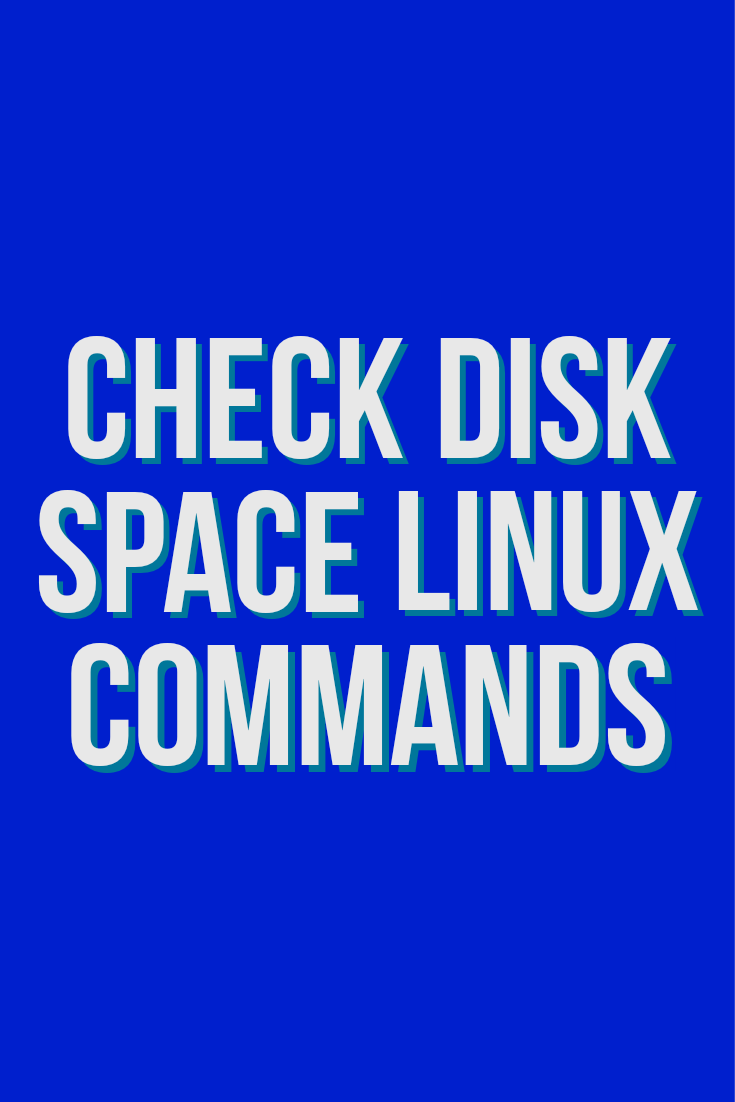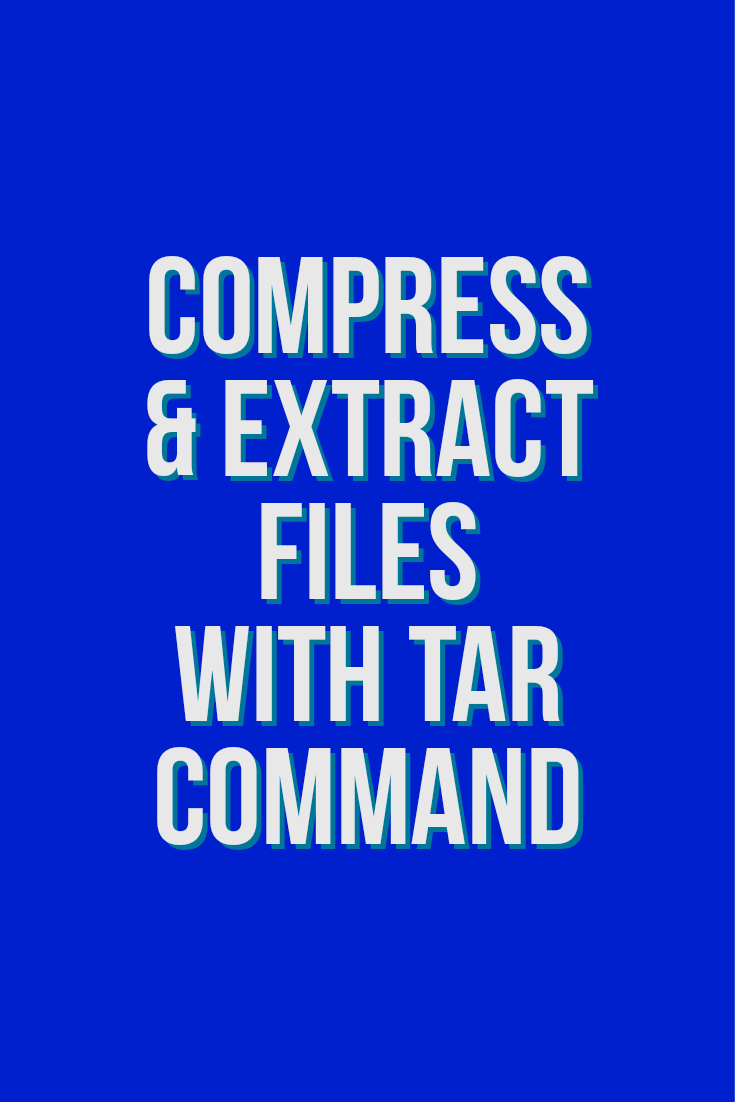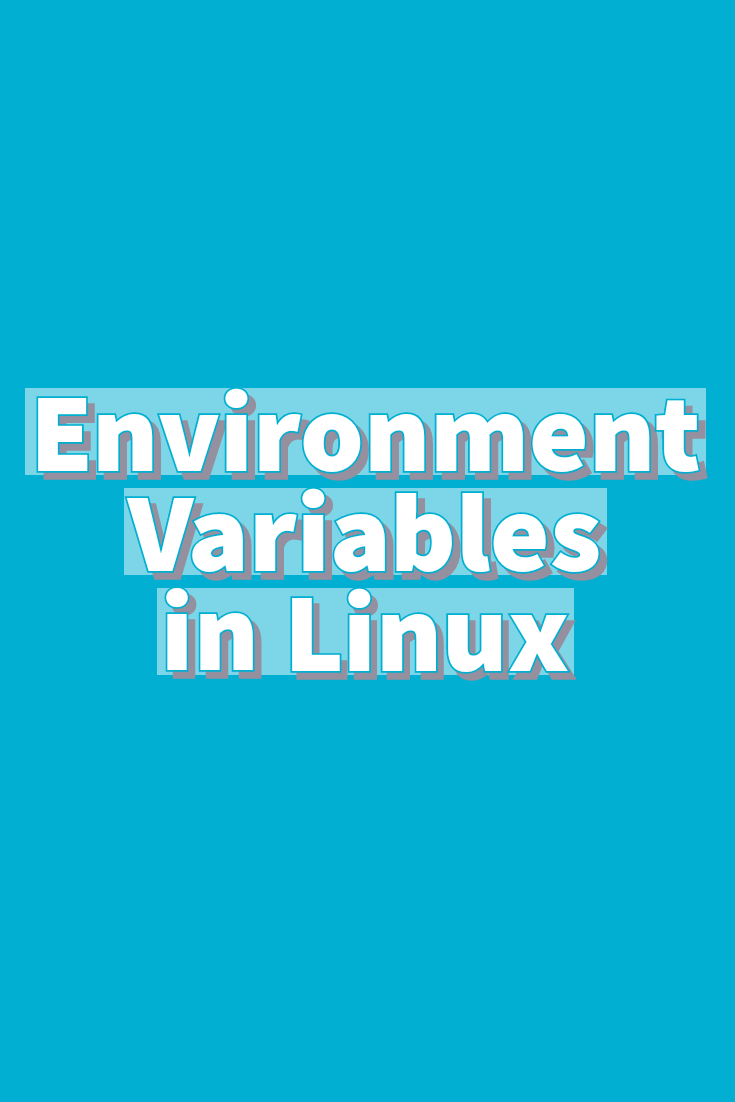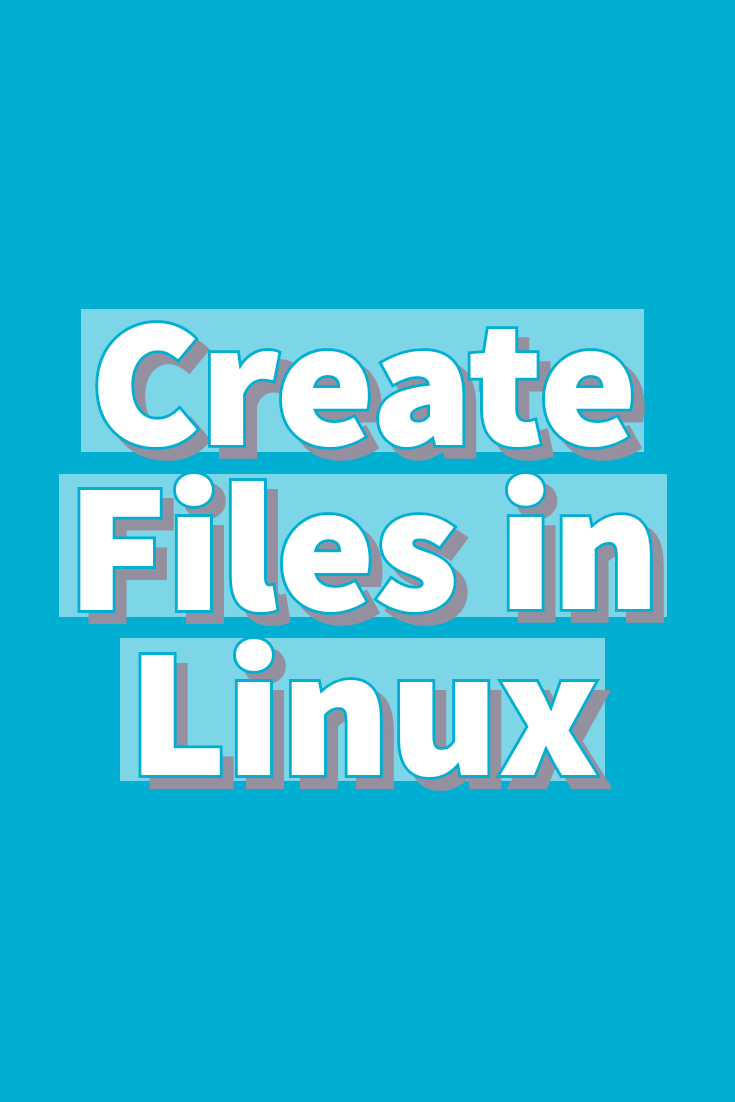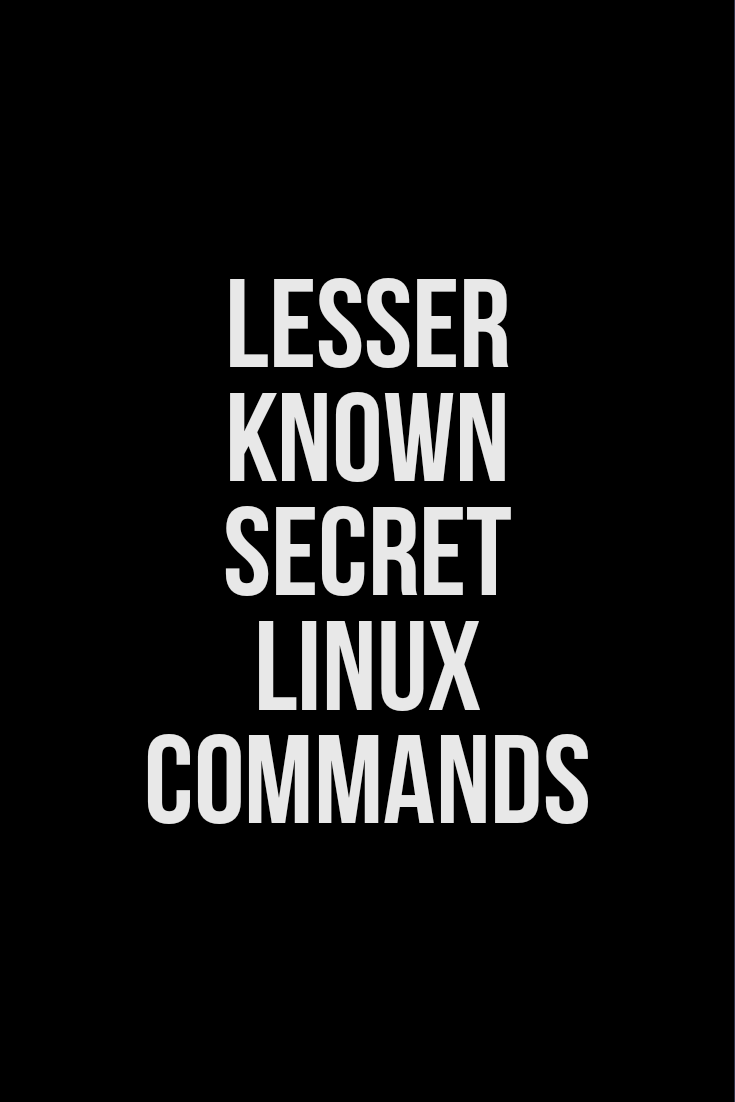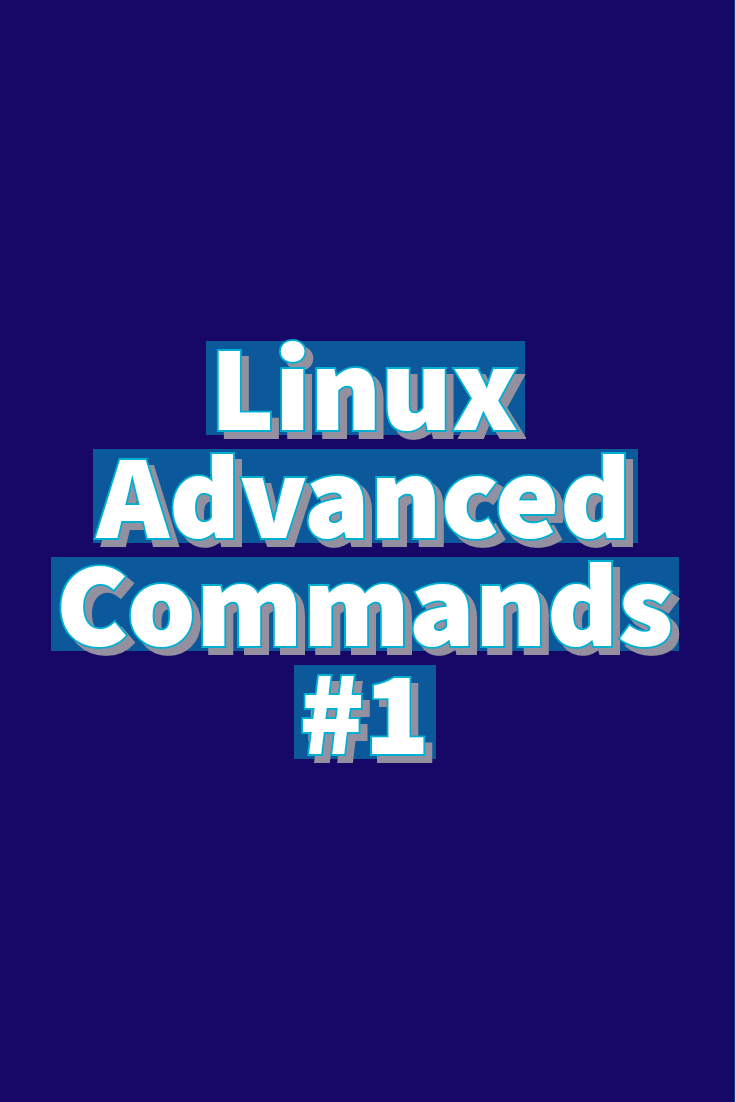Tag: Linux cli

How to Remove Directory in Linux
How to Remove or Delete Directory in Linux To delete a directory in Linux remove command to use is rm or rmdir. Both work fine but there is an important difference between how rm and rmdir remove a directory. Caution If you delete a directory from the GUI even in Linux, the folder is moved…

Secret Lesser known useful Linux commands
tree The tree command will list you directory, files and sub folders contents in an easy to see way. No need for repeated ls commands. This can be useful to get an overview of all subfolders of the target directory. pstree Tree but for precesses. Shows what processes originate from other processes. kill -15 SIGTERM…

Commands any Linux Sysadmin should learn first
Commands any Linux Sysadmin should learn first. These are the commands any Linux Sysadmin should learn first. These are some of the most useful commands for system administration and devops on Linux. They are command line tolls because most of the actions on system administration you would want to be automated and scheduled uptime Time…

How to zip and unzip files and folders in Linux
How to zip and unzip files and folders in Linux Install Zip Unzip Install on RHEL, Centos, Fedora, Rocky Linux, etc. Install on Debian, Ubuntu, etc. Using zip and unzip to compress and extract files and folders. Current directory contents, files and one sub folder. Zip files and directories recursively This creates the zip file,…

How to find a file in Linux
There are a few ways to find a file in Linux. The most used way is in Terminal as this can become part of a script very easily and automate tasks on a Linux server. If you are using a desktop environment such as Gnome or Kde, the search for files is as simple as…

How to delete a directory in Linux
To delete a directory in Linux in a desktop environment is easy as pressing the Del / Delete key. To delete a directory in Linux using command line CLI in Terminal or SSH you can use the rm command. The bellow works fine for a file. A directory cannot be removed just like that. The…
